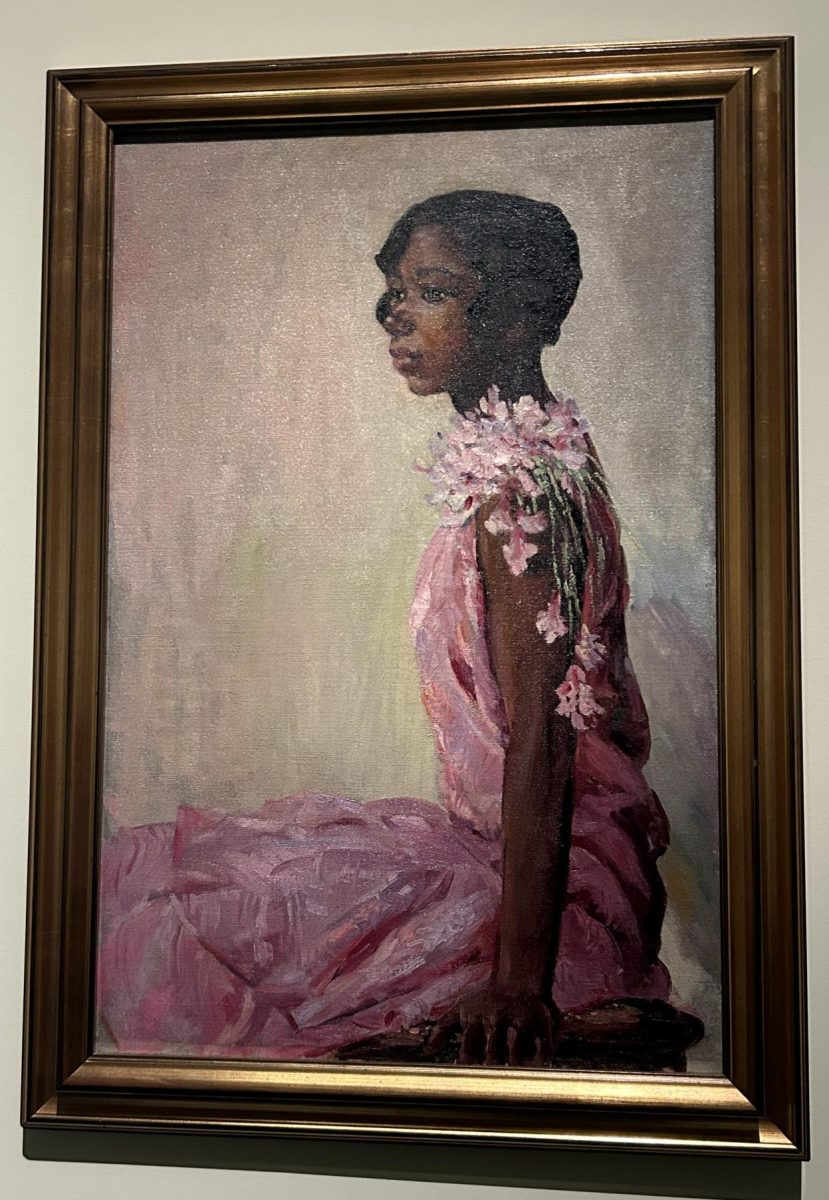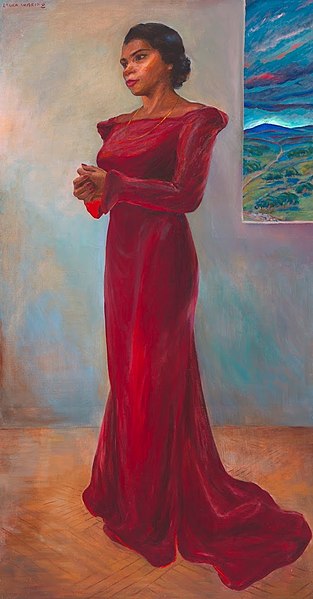The Harlem Renaissance of the 1920s was a defining era of American history, instilling a profound influence that forever changed contemporary culture.
Its impacts extended beyond a mere celebration of African-American identity; it has shaped modern art, music, literature, and societal consciousness.
Emerging amidst the vibrant streets of the Harlem neighborhood in New York City during the 1920s, the Harlem Renaissance served as a vocal response to the deep-seated racial injustices and systemic discrimination faced by African Americans.
During this period, Harlem emerged as a symbol of creativity, drawing together a community of intellectuals, writers, musicians, visual artists, and performers who collectively sought to redefine and celebrate African American culture.
The movement facilitated cross-cultural exchanges between Hispanic Americans, Asian Americans, and other races, diversifying Harlem to the neighborhood we know now. This challenged stereotypes and presented a more accurate and positive portrayal of African American culture.
As the momentum of cultural expression gained traction, it accelerated the civil rights movement of the 1950s and 60s, by proving that race does not hinder excellence, demonstrating the power of artistic and cultural movements to translate into broader demands for social and political change and equality.
The visual language and expressions created during the Harlem Renaissance broke boundaries, leaving an enduring imprint on modern artists and art styles.
The vibrant and dynamic works of painters like Archibald J. Motley and Laura Wheeler Waring not only encapsulated the power of the era but also acted as a catalyst for a broader recognition and appreciation of African-American art.
The masterpieces made during the Harlem Renaissance continue to inspire modern artists, pushing them to explore more diverse narratives and perspectives that contribute to the art world’s ever-evolving culture.
The same syncopated rhythms and innovative sounds of legendary figures like Duke Ellington and Louis Armstrong not only shaped the auditory element of music at the time but also laid the groundwork for the evolution of various music genres that followed such as jazz and the blues.
Writers Langston Hughes wrote the piece ‘Not Without Laughter’ and Zora Neale Hurston wrote ‘Dust Tracks On A Road,’ crafting several world-renowned pieces of African-American storytelling during the Harlem Renaissance.
These literary works explore themes of identity, migration, and the struggle for equality, contributing to a more inclusive and diverse literary setting in present times.
The Metropolitan Museum’s new exhibit, ‘The Harlem Renaissance and Transatlantic Modernism,’ currently on view through July 28th, 2024, features several artists who contributed to the Harlem Renaissance, including Archibald J. Motley, Laura Wheeler Waring, and James Van Der Zee.
This exhibition gives a sensory immersion into the heart of the Harlem Renaissance, where the rhythms of jazz hum through the speakers, transporting visitors to the lively streets of 1920s Harlem.
The thoughtful design of the exhibit’s layout serves as a guiding force for its visitors, leading them through thematic clusters that offer insights into the intersections of Harlem’s cultural fluorescence with the global currents of modernism.
Archibald J Motley (1891-1981) emerged as a towering figure within the movement, contributing significantly to the physical artistry that captured the complexity of the African-American experience.
As a prominent painter, Motley’s artistic talents went beyond mere canvases, extending into the urban landscapes that defined this era Some of his notable works the iconic ‘Picnic’ and ‘The Liar’ serve as powerful reflections of African-American life during the Harlem Renaissance.
Motley’s artistic expressions are characterized by his constant use of a vivid color palette, mirroring the energy and spirit of urban life.
Laura Wheeler Waring (1887-1948) was a distinguished portrait artist whose contributions to the art of the Harlem Renaissance were marked by dignity and celebration. Waring’s skillful portrayal of notable figures within the black community elevated her to a celebrated status within the artistic circles of the time.
Her portraits, ‘Girl in Pink Dress’ and ‘Marian Anderson,’ played a strong role in highlighting African American achievements and fostering a sense of pride and representation of their communities.
Waring’s artistic lens communicated the dignity, strength, and character of her subjects. Her portrait served as a visual protest, counteracting prevalent racial stereotypes of the time by presenting a dignified representation of African American individuals.
In doing that, Waring contributed significantly to the broader cultural project of the Harlem Renaissance, which sought to redefine the narratives of prejudice and poverty inflicted upon the African American identity.
James Van Der Zee (1886-1983), in contrast, helped capture the elegance and pride of Harlem. His iconic photographs, such as ‘Person in Fur Trimmed Ensemble,’ not only froze these moments in time but also provided evidence about the prosperity of African-Americans in Harlem at the time.
Van Der Zee’s photographic artistry went beyond mere documentation; his work became a means of preserving and celebrating the cultural expressions of the Harlem Renaissance.
Together, these artists not only enriched the art styles of their time but also left an enduring legacy that continues to shape our understanding of the Harlem Renaissance and its profound impact on African-American culture.
Stepping into ‘The Harlem Renaissance and Transatlantic Modernism’ exhibit at the Metropolitan Museum of Art is not merely a visit to a gallery; it is a journey that explores both temporal and cultural spheres.
This carefully curated showcase depicts the union of the spirit of the Harlem Renaissance with the expensive canvas of Transatlantic Modernism, reaching into the intellectual depths of the observer.
The attentive selection of visual artworks, notably featuring masterpieces by iconic artists previously mentioned, goes beyond being a static display. Each stroke, color, and form becomes a contributor to a celebration of the resilience, creativity, and experiences that defined the African American community during this transformative period.
Yet, what distinguishes and elevates this exhibit is its deliberate juxtaposition of the Harlem Renaissance with Transatlantic Modernism, which is the intersection of artistic and moral ideas in European and American literary modernism.
The curatorial vision adeptly combines the history of these two influential movements, revealing their interconnectedness and the impact they had on one another.
This exhibit becomes a visual discourse, showcasing that the Harlem Renaissance was not a solitary phenomenon but a dynamic participant in the broader modernist dialogue that shaped the cultural landscape of the time.
A commendable achievement of the exhibition lies in its ability to contextualize the Harlem Renaissance within the socio-political landscape of its time.
It does not merely present the movement as a celebration of African-American culture but acknowledges it as a defiant response to the prevailing racial injustices in the early 20th century.
The palpable global impact of the Harlem Renaissance and its reciprocal influence on transatlantic modernism are evident from gallery to gallery, illustrating how culture can be shaped and defined through art on a global scale.
‘The Harlem Renaissance and Transatlantic Modernism’ exhibit pays homage to the rich legacy of the Harlem Renaissance and displays a story that strikes emotional chords for all who enter it.
The exhibit is “pay what you wish” for all New York State residents and New York, New Jersey, and Connecticut students, as long as you pay a minimum of one cent.
Understanding this historical era is key to understanding and appreciating black culture, especially in today’s day and age.
Stepping into ‘The Harlem Renaissance and Transatlantic Modernism’ exhibit at the Metropolitan Museum of Art is not merely a visit to a gallery; it is a journey that explores both temporal and cultural spheres.


